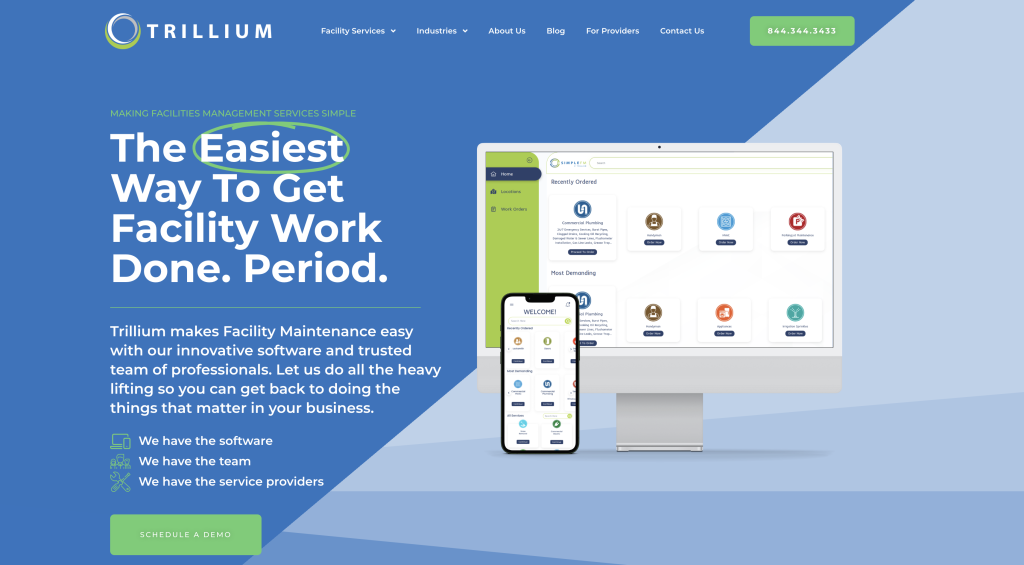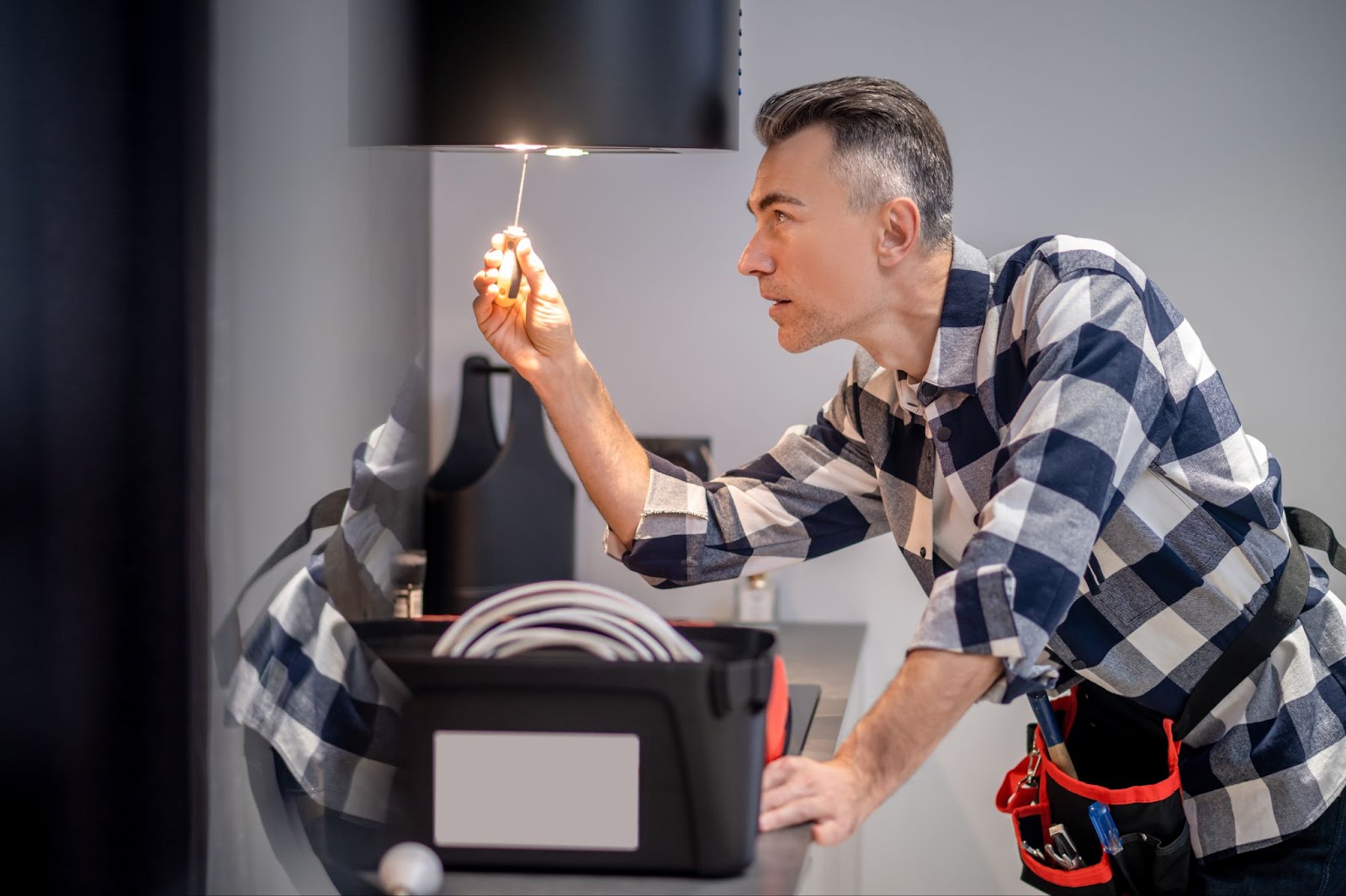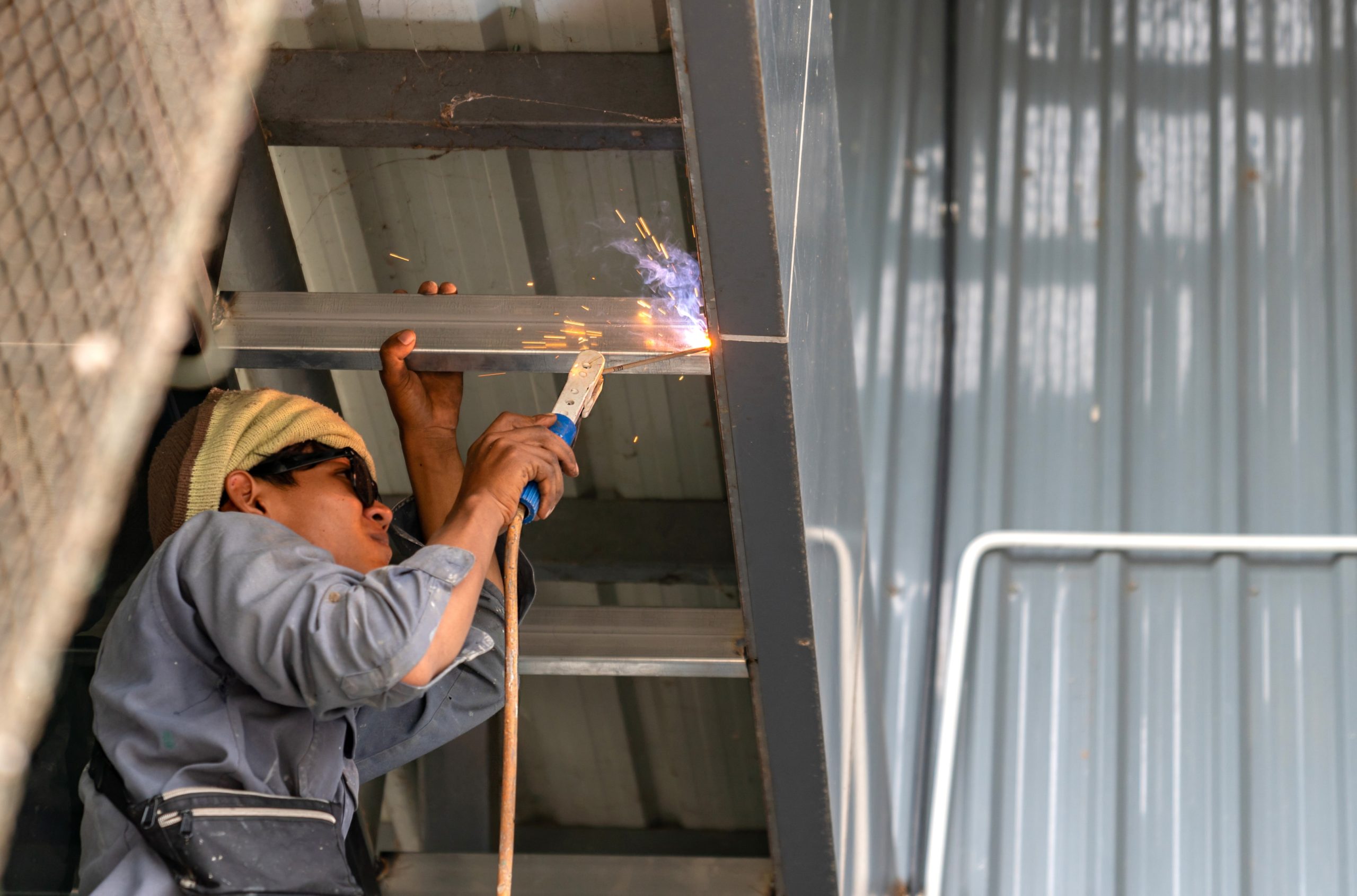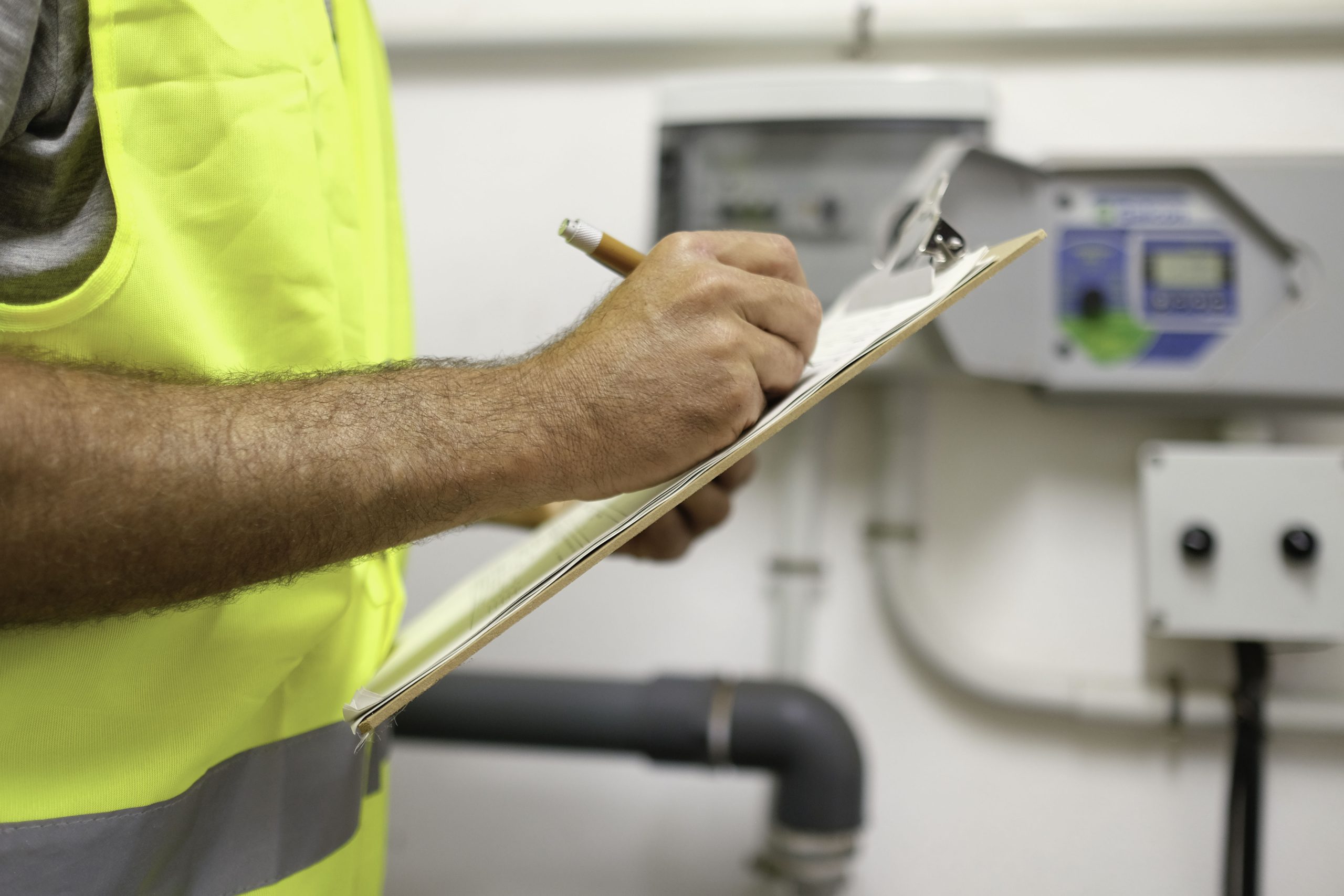When was the last time your air conditioning system had a proper check-up? Neglecting preventive maintenance isn’t just risky; it can lead to sky-high energy bills, poor air quality, and unbudgeted, costly repair and replacement expenses.
There is some good news, though: A well-maintained HVAC system can help you save while also maintaining comfort and reliability through tough weather.
In this guide, you’ll get to learn all about commercial HVAC preventative maintenance tips that will save you time and money.
Why Prevention Is Key for a Healthy HVAC System
Preventative maintenance keeps your commercial HVAC system efficient, saving money and avoiding disruptions. HVAC systems use about 32% of energy in commercial buildings, with space heating being a big contributor, according to the U.S. Department of Energy.
Without regular maintenance, HVAC equipment becomes less efficient, which leads to increased utility bills and excess strain. Businesses that focus on proper maintenance see fewer breakdowns and reduced repair costs.
During peak demand seasons, well-maintained systems minimize downtime and keep operations running smoothly.
Consequences of Neglecting Preventative Maintenance
Some of the most common consequences of neglecting preventative maintenance include:
- Higher energy bills
- Poor indoor air quality
- Wear and tear that shorten the system’s lifespan
- Dust and mold buildup that can lead to health issues like allergies or fatigue
- Surprise downtime due to large repair needs—and even asset replacement
Luckily, there’s a way to create a preventive maintenance plan. Let’s see how.
How to Create a Preventive Maintenance Plan for HVAC Systems
Creating a maintenance plan tailored to your HVAC system ensures optimal performance and longevity. The next sections will guide you through key tasks and strategies for scheduling and seasonal upkeep.
Inspect and Clean Air Filters
Dirty filters block airflow and make the system work harder, increasing energy usage. Experts generally recommend that filters be checked regularly and replaced every 1-3 months.
Clean filters not only improve energy efficiency but also enhance indoor air quality, which is important in commercial spaces.
Inspect and Clean Condenser and Evaporator Coils
Condenser and evaporator coils are essential for heat exchange in HVAC systems. Dust and debris on these coils reduce the system’s ability to cool or heat effectively, which then increases energy use.
Cleaning the coils annually, or more often in dusty environments, helps maintain efficiency and prevents unnecessary strain.
Check and Adjust Thermostat Settings
Regularly checking thermostat settings ensures the system runs according to the building’s occupancy schedule.
Using programmable thermostats helps optimize energy use during off-peak hours or when spaces are empty.
Inspect and Clean Drainage Systems
Clogged drain lines and pans cause water damage and reduce system efficiency. Clearing drainage systems of debris avoids costly repairs and prevents mold growth that harms indoor air quality.
Regular inspections keep these components clear and ensure they function properly.
Inspect Refrigerant Levels
Low refrigerant levels reduce cooling capacity and can damage the compressor. Verifying and maintaining proper refrigerant levels ensures the system can perform optimally.
Leaks should be identified and repaired promptly to keep the system running smoothly and prevent the costly loss of refrigerant.
Lubricate Moving Parts and Inspect Belts and Bearings
Friction in motors and fans due to a lack of lubrication can increase energy use and lead to premature wear and tear. Proper lubrication of these components ensures the machine operates smoothly.
Inspect and replace worn-out belts, bearings, and seals to prevent unnecessary strain on the HVAC system.
Tighten Electrical Connections
Loose electrical connections are a common cause of HVAC inefficiencies and potential safety hazards.
Make sure to regularly inspect and look for loose connections to help prevent equipment failures and other safety hazards.
Calibrate System Controls
System controls, including safety cutoffs and sensors, need regular calibration to maintain accurate operation. Misaligned controls can result in inefficient energy use or system malfunctions.
Verifying these components during routine maintenance ensures the HVAC system responds correctly to changing conditions.
Establishing a Routine
Consistency keeps your HVAC system reliable. A clear maintenance schedule ensures tasks are completed on time.
Set schedules monthly, quarterly, or annually based on system demands and environmental factors. Train staff on basic HVAC procedures to spot potential issues early.
Frequent evaluations help adjust the plan as system performance or usage changes. This proactive approach prevents delays and keeps your system running smoothly.
Seasonal Considerations
Preparing for seasonal changes can help prevent unnecessary strain on your HVAC system.
Spring maintenance should include cleaning condenser coils, checking refrigerant levels, and inspecting filters to ensure the cooling system is ready for warmer months.
Fall maintenance should focus on heating components like furnaces, lubricating moving parts, and testing ignition systems.
These steps help your system transition between seasons, maintain efficiency, and catch small repairs before they become big problems.
Get HVAC & Refrigeration Work Done With Trillium

Trillium is a nationwide leader in HVAC and refrigeration services, built to save you time, money, and hassle.
With no software fees, no long-term contracts, and no minimum order requirements, managing your HVAC system maintenance has never been more flexible or affordable.
Here’s how it works:
- Submit a work order anytime, 24/7: From routine HVAC maintenance to urgent repairs, Trillium handles it all.
- Immediate dispatch of local experts: Our pre-screened network ensures prompt and reliable service.
- Guaranteed satisfaction: We follow up to ensure every job is done properly, eliminating the need for your supervision or extra oversight.
Unlike the other service providers, Trillium offers a transparent, cost-effective solution without hidden fees or unnecessary markups. Order services only when needed, and keep your operations running smoothly.
Take back your day and leave the maintenance to us. Contact Trillium or call (844) 344-3433 to get started.
FAQs About Commercial HVAC Preventative Maintenance
How do you maintain a commercial HVAC system?
Maintaining a commercial HVAC system involves tasks like inspecting and cleaning filters and coils, lubricating moving parts, checking refrigerant levels, and ensuring electrical connections are secure. These steps ensure the system runs efficiently and reliably.
What does HVAC preventative maintenance include?
HVAC system preventive maintenance includes routine inspections, air filter replacements, coil cleaning, lubrication of motors, refrigerant level checks, and testing controls and safety cutoffs. These measures help prevent breakdowns and improve system performance.
What are the 4 types of maintenance HVAC?
The main types of HVAC maintenance are preventative maintenance, which involves routine care to prevent issues; corrective maintenance, addressing specific repairs; predictive maintenance, which uses technology to foresee failures; and emergency maintenance, which resolves unexpected breakdowns promptly.
How much does HVAC preventive maintenance cost?
The cost of preventive maintenance varies depending on the system’s size and complexity. Smaller systems typically cost between $150 and $500 per visit, while larger commercial systems may incur higher costs depending on the scope of service needed.









